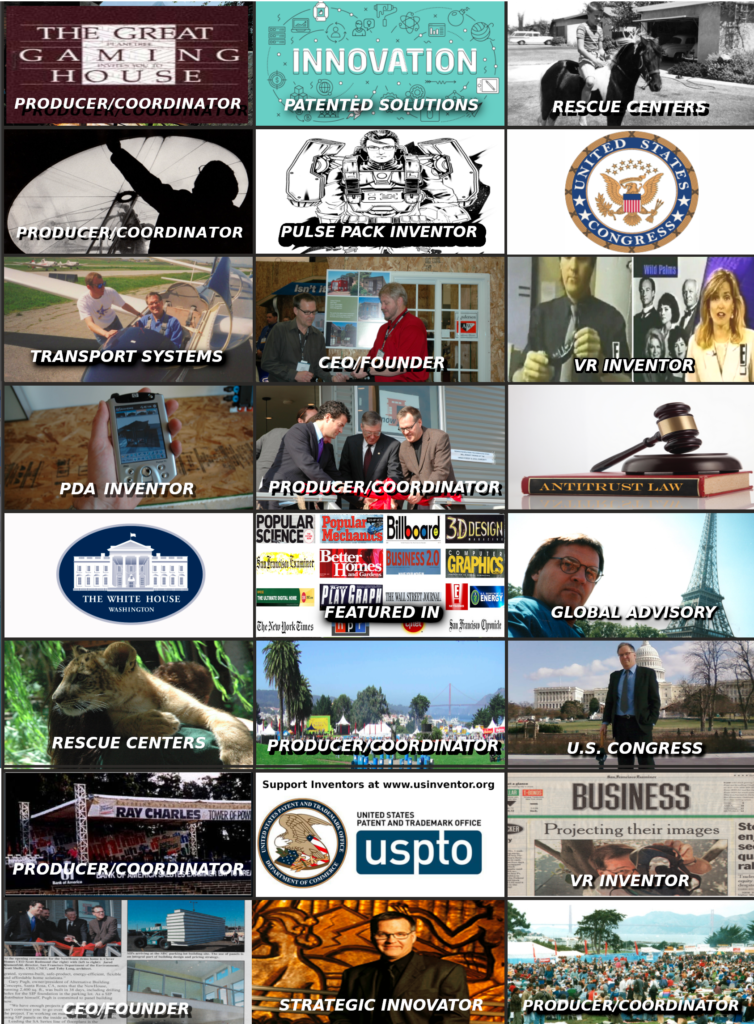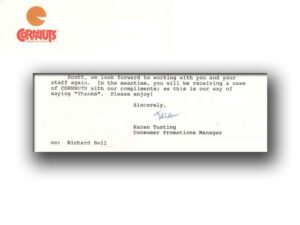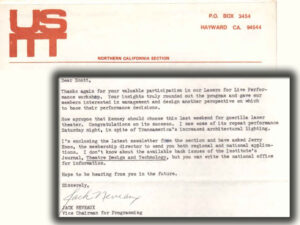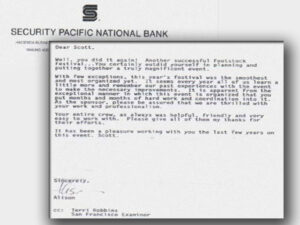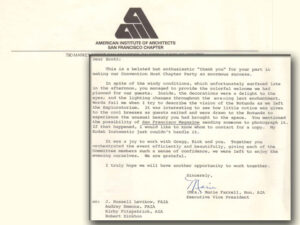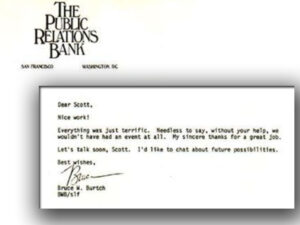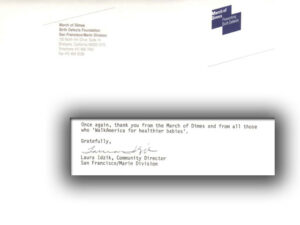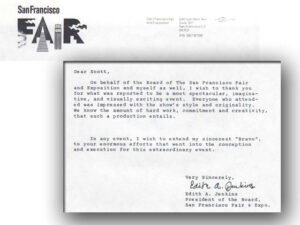ABOUT THE TECHNOLOGY:
Scott designed and build the digital air pen and submitted it to Logitech.

(Above) from video of Scott’s working Write-In-The-Air Digital Post-It Pen
Logitech now has this:
OUR WRITE IN THE AIR VR PEN
Logitech’s enterprise-focused VR stylus is now available for pre-order. The $750 ‘VR Ink Pilot Edition’ uses SteamVR Tracking and offers up a more natural and precise input modality for a handful of art & design focused VR tools.
Logitech revealed the VR Ink Pilot Edition back at the end of May. At the time the company was only working with select partners to gather feedback on the VR stylus; now Logitech has opened up pre-orders for the device for $750, though they’re still calling it a “beta product” (and ask those pre-ordering to explicitly confirm their understanding of its beta status). The stylus is expected to ship in February 2020 and supports SteamVR Tracking base stations 1.0 and 2.0 (though these are not included in the price).
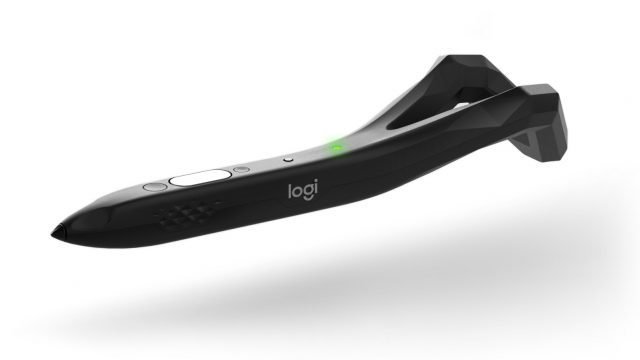
In addition to the stylus, Logitech is offering an optional ‘VR Ink Drawing Mat’ for $70. The company describes this as a “low friction surface texture designed for optimal tracking performance,” though it isn’t clear if the mat actively contributes to tracking or if it’s just the ideal friction to take advantage of the pressure-sensitive tip of the VR stylus. The drawing mat is A1 sized, which means 23.4″ × 33.1″ (594mm × 841mm).
The Logitech VR Ink Pilot Edition stylus weighs 68 grams and includes a pressure sensitive button, a clickable 2D touch-strip, menu & system buttons, side ‘grab’ buttons, and integrated haptics. Logitech is promising “2.5+ hours” of battery life.
While the stylus integrates with SteamVR and is recognized as a regular input device, its unique buttons and inputs mean it isn’t suitable for typical SteamVR games. Instead, the stylus has custom integrations with a handful of art and design focused VR tools. Logitech currently lists VR Ink Pilot Edition support for Flyingshapes, Vector Suite, VRED, Mindesk, Gravity Sketch, MARUI (Maya plugin), IrisVR, and Tilt Brush, with integrations for Unreal Engine and Unity so that developers can adapt more applications to the stylus.
Logitech says they’ve continued to improve their VR stylus since our prototype hands-on back in May:
To make a stylus really work for surface drawing in VR, you need a lot of precision, and so far the VR Ink has impressed on that front. Largely driven by SteamVR Tracking, but undoubtedly assisted by the stylus’ pressure-sensitive tip, drawing against a table feels really natural. I’m by no means a digital artist who spends every day with a Wacom tablet, but I’ve used my fair share of tablet PCs with active digitizers (including the Surface Book as my primary laptop), and VR Ink’s drawing and pressure sensitivity felt very comparable.
[…]
Granted, there was some occasional stuttering of the stylus, though for the most part it seemed occlusion related, which could be fixed with better base station placement. The demo room was using four 2.0 base stations mounted above head height (which is typically what you want), but mounting them just above table height might actually allow for better view of the stylus, especially when the user is leaning over the stylus as they draw or write.
Beyond Logitech, the VR Ink stylus is also a win for Valve, as it shows not only how versatile their SteamVR Tracking tech can be, but also how their commitment to an open VR platform is enabling for others. VR Ink couldn’t work with Oculus headsets (unless through SteamVR) because Oculus doesn’t allow third-parties to make use of its tracking systems.
Some of the most famous corporations and entities in the world, have cited Scott’s inventions, in their federal patent office submissions and filings, as the original inventions that they took their own ideas from for their products. Their federal records verify that Scott’s inventions were first, before their product ideas. Per www.uspto.gov, these include: Sony Pictures, Microsoft, T-Mobile, Massachusetts Institute Of Technology, ATLAS Elektronik GmbH, Intel Corporation, Virtual I/O, Inc., International Business Machines Corporation – IBM, Matsushita Electric Industrial Co., Ltd., Fujitsu Limited, Philips Electronics N.V, Sanyo Electric Co. Ltd, Vpl Research, Inc., Sony Corporation, General Electric Company, At&T Corporation, Medialab Services S.A., Canon Kabushiki Kaisha, Samsung Electronics Co., Ltd., The Procter & Gamble Company, Microsoft Corporation, Cisco Technology, Inc., Sony Uk Ltd, The Board Of Trustees Of The University Of Illinois, Sun Microsystems, Inc., California Institute Of Technology, Micron Technology, Inc., Sony Broadcast & Communication, Sanyo Electric Co., Ltd., Rockwell Collins, Inc., Renault Visual, Google, Inc., YouTube, Inc., Alphabet, Inc., Yahoo, Inc., Sony Computer Entertainment, Inc., Lsa. Inc., Ford Motor Company, Nvidia, Inc., Xerox Corporation, Apple, Inc., Disney Enterprise Inc., Wipro Limited, Salesforce.Com, Inc., Verizon Digital Media Services Inc., Bright Data Ltd., Time Warner Cable Enterprises Llc, Harris Corporation,
and many more…
A number of these entities called us up, asked to look at our technologies, signed NDA’s yet copied our technologies, without paying, and made billions of dollars in profits. It costs over $3M in legal fees, up front, to sue each infringer. Since they each employ armies of deflection lawyers and years of delays ( Per www.usinventor.org ), it is sometimes easier to use Congressional and law enforcement RICO/anti-trust laws to put them out of business or gut their stock valuations. We have always made certain that the cost of the theft and harms is far greater than the small compensation that they owe us. It is always better for them to pay their bills than to rip us off.




